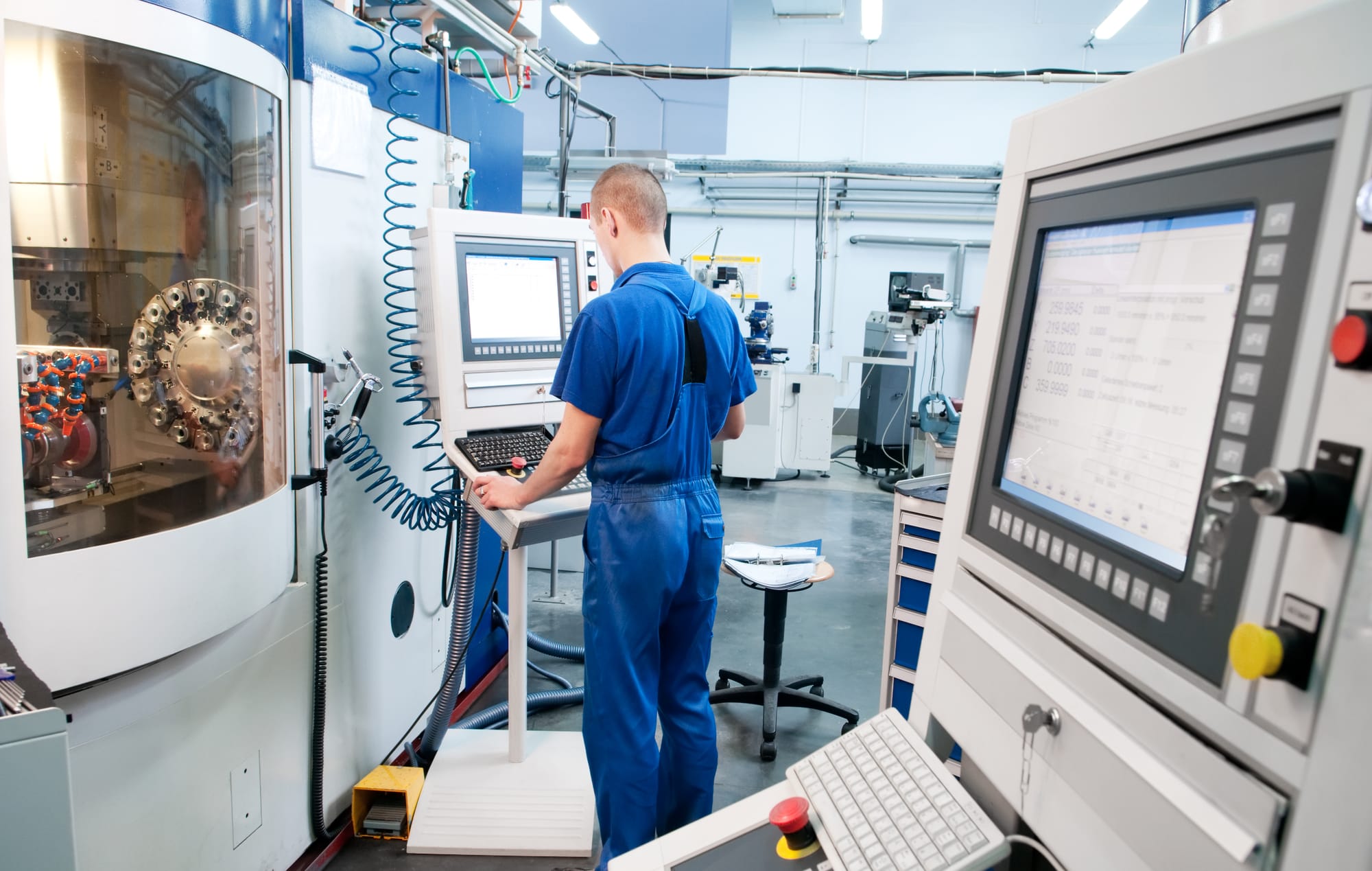
The Heartbeat of Modern Manufacturing
In the dynamic world of manufacturing, precision and efficiency aren't just goals—they're necessities. Enter CNC (Computer Numerical Control) milling machines, the unsung heroes that have transformed manufacturing from an art to a science. With their unmatched accuracy, reliability, and versatility, CNC milling machines have become indispensable tools for creating the complex parts that keep our modern world running smoothly.
What Exactly is a CNC Milling Machine?
Imagine a traditional milling machine, but smarter, faster, and incredibly precise. That's a CNC milling machine. Instead of relying on human hands to guide the cutting tool, these machines use computer programs to direct every move with exacting precision. This means they can carve, cut, and shape materials into intricate parts without breaking a sweat—or a bit.
Why CNC Milling Machines Stand Out
- Unrivaled Precision:
- Picture the delicate gears of a luxury watch or the intricate components of a medical device. The precision of CNC milling machines makes producing these tiny, complex parts not just possible, but routine. The computer control system ensures every cut is perfect, down to the last micrometer.
- Incredible Versatility:
- Whether it's a chunk of metal, a slab of plastic, or a composite material, CNC milling machines handle them all with ease. This versatility opens up endless possibilities across industries, from aerospace to consumer electronics.
- Efficiency at Its Best:
- Time is money, and CNC milling machines save plenty of both. By automating repetitive and complex tasks, these machines boost productivity and lower costs. This efficiency helps manufacturers stay competitive in a fast-paced market.
- Complex Geometries Made Easy:
- Intricate designs that would be a nightmare to produce manually are a breeze with CNC milling machines. Whether it's a prototype or a custom part, these machines turn imagination into reality with stunning accuracy.
- Multi-Axis Machining:
- Modern CNC milling machines aren’t limited to just up-and-down or side-to-side movements. They can operate along multiple axes, allowing them to tackle the most detailed and complex projects. With configurations ranging from 3-axis to 5-axis machines, the sky's the limit.
Breaking Down the Components
- Control System:
- Think of this as the machine's brain. The control system interprets the programming code and guides the machine’s movements, ensuring each cut is executed flawlessly.
- Spindle:
- This is the muscle of the machine, holding and rotating the cutting tool at varying speeds to shave off material from the workpiece. High-speed spindles mean faster and cleaner cuts.
- Worktable:
- The worktable is where the action happens. It holds the material steady and can move in multiple directions to position the workpiece exactly where it needs to be for each cut.
- Cutting Tools:
- CNC milling machines use a variety of cutting tools, from end mills to drills, each designed for specific tasks. Changing tools is quick and easy, making the machine ready for any job.
Diverse Applications Across Industries
- Aerospace:
- The aerospace industry relies on CNC milling machines to produce critical components for aircraft and spacecraft. Precision parts like engine components and structural elements are crafted with meticulous care.
- Automotive:
- In the automotive sector, CNC milling machines create engine parts, transmission components, and custom parts for high-performance vehicles. Their precision ensures reliability and performance.
- Medical Devices:
- The medical field demands the highest level of precision for implants, surgical instruments, and diagnostic tools. CNC milling machines deliver, making sure these vital components are safe and effective.
- Consumer Electronics:
- The sleek designs and intricate parts of smartphones, laptops, and other electronics are often born in CNC milling machines. They ensure each component fits perfectly and functions flawlessly.
- Prototyping:
- For inventors and designers, CNC milling machines are a dream come true. They allow for rapid prototyping, turning ideas into tangible products quickly and accurately.
The Future of Manufacturing
CNC milling machines have come a long way, and they show no signs of stopping. As technology advances, these machines will continue to push the boundaries of what’s possible in manufacturing. They’re not just tools—they’re partners in innovation, driving progress and productivity in every industry they touch.


